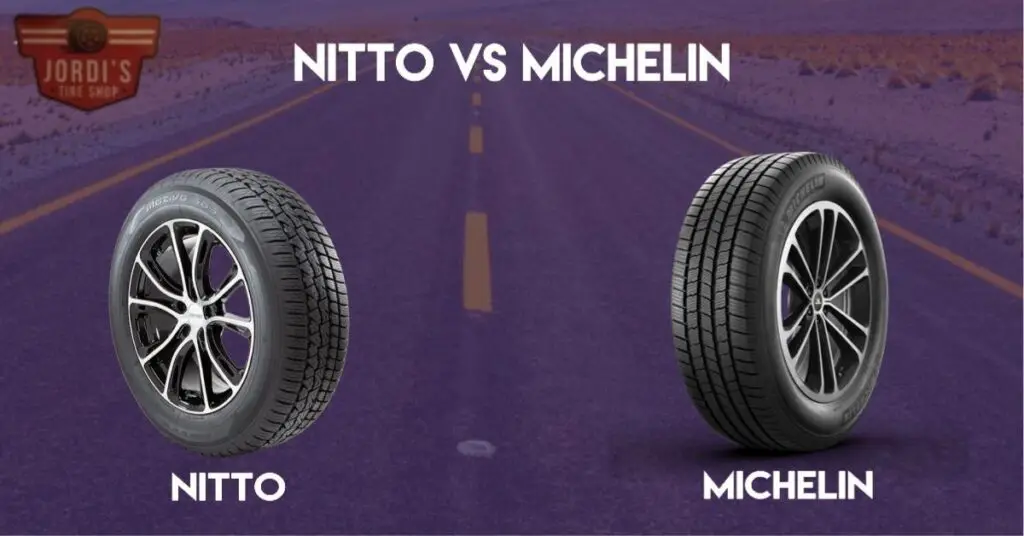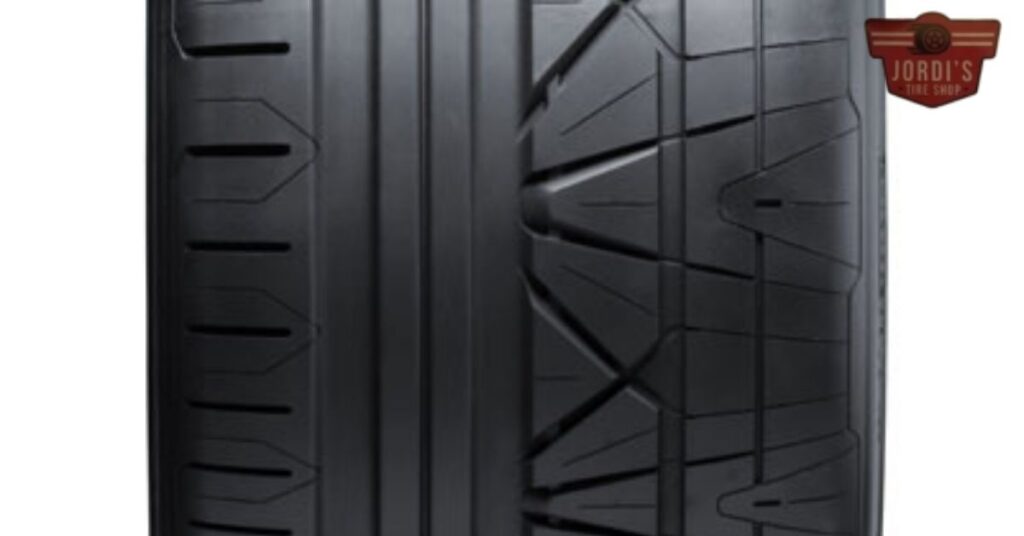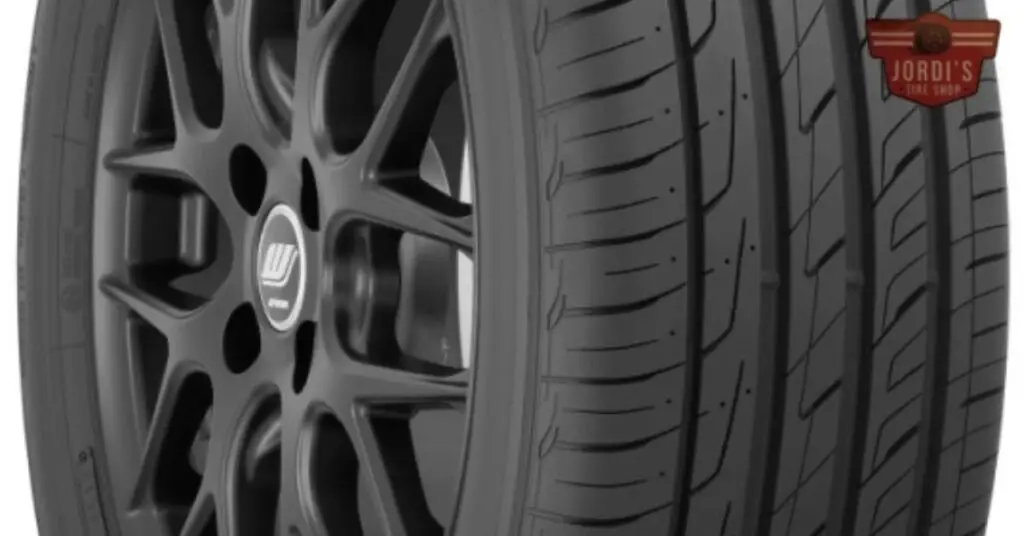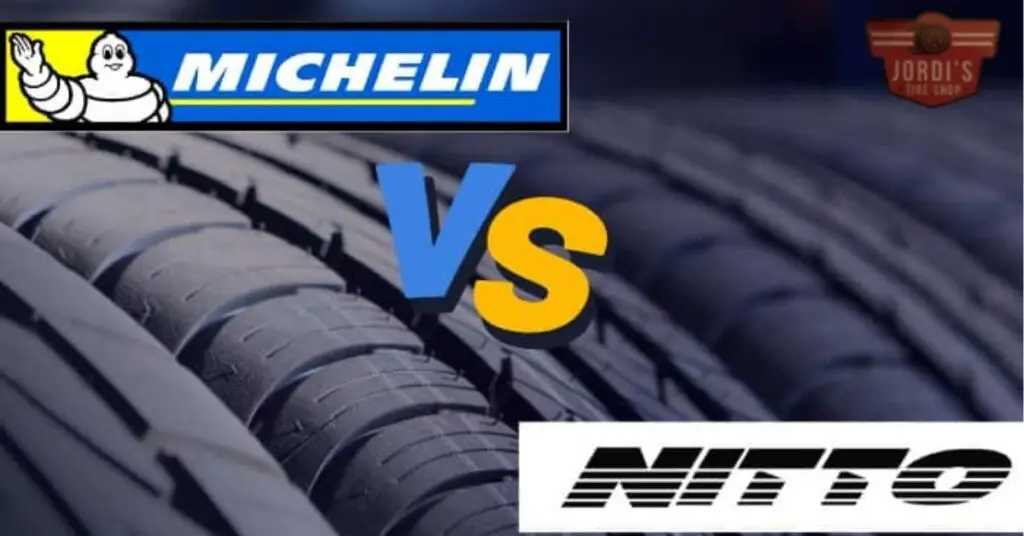When it comes to choosing the right tires for your vehicle, the debate between Nitto and Michelin often takes center stage. Both brands have carved out impressive reputations in the automotive world, offering a range of options that cater to different driving needs and preferences. But how do you decide which one is the best fit for you?
Whether you’re an off-road enthusiast, a daily commuter, or someone who values high-performance on the track, understanding the key differences between Nitto and Michelin tires can make all the difference. In this article, we’ll break down the strengths and weaknesses of each brand, helping you make an informed decision that suits your driving style and requirements.
Overview of Nitto and Michelin Tires

Nitto and Michelin tires both offer distinctive benefits. Understanding their brand histories provides insight into their tire technologies.
Nitto Tires: Brand and History
Nitto Tire, founded in 1949, focuses on specialty tires for niche markets. Known for innovation, Nitto leverages advanced tire design and manufacturing to cater to specific driving needs. Popular products include the Nitto Terra Grappler for off-road adventures and the Nitto NT555 for high-performance driving. This commitment to specialized solutions has established Nitto as a favored brand among enthusiasts.
Michelin Tires: Brand and History
Michelin, established in 1889, stands as a global leader in tire technology. Renowned for quality and innovation, Michelin’s product range covers various vehicle types, from motorcycles to commercial trucks. Signature products like the Michelin Pilot Sport for performance cars and the Michelin Defender for long-lasting all-season use showcase the brand’s dedication to excellence. Pioneering the radial tire, Michelin continues to set industry standards, reinforcing its reputation worldwide.
Key Features of Nitto Tires

Nitto tires provide a range of innovative features that cater to specific driving styles. Their unique designs make them stand out in their niche markets.
Technology and Innovation
Nitto integrates advanced technologies. The brand employs a blend of computer-designed tread patterns and high-grip compounds. Technologies like 3D Multiwave sipes enhance traction and braking performance in adverse conditions. For example, the Nitto NT05 tire ensures superior handling, using a high-stiffness tread block formula. This focus on technology provides reliable performance.
Performance in Various Conditions
Nitto tires excel in diverse driving conditions. Their Terra Grappler all-terrain tires offer excellent off-road capability while maintaining a smooth on-road ride. The Nitto Motivo tires feature an asymmetric tread design, providing better grip on wet and dry surfaces. Drivers in snowy regions appreciate the Winter Studless SN2 tire, which delivers exceptional stability on icy roads. This versatility ensures that Nitto meets various performance needs.
Key Features of Michelin Tires

Michelin tires are renowned for their cutting-edge technology and consistent performance across various driving conditions.
Technology and Innovation
Michelin integrates advanced technology into its tire designs, enhancing driving experiences and safety. The brand invented radial tire technology, revolutionizing the industry with improved fuel efficiency and longevity. Michelin’s EverGrip technology keeps wet traction high even as the tire wears, while the company’s Comfort Control technology uses computer-optimized design and precision manufacturing to reduce vibrations and noise.
Performance in Various Conditions
Michelin tires excel in diverse conditions, providing superior performance on dry, wet, and snowy roads. The Michelin Pilot Sport series, designed for high-performance vehicles, offers exceptional grip and handling on dry and wet surfaces. The Defender series prioritizes long-lasting tread life and fuel efficiency, performing reliably in all seasons. For winter driving, the Michelin X-Ice series delivers premium traction and control, ensuring safety on ice and snow.
Comparing Nitto and Michelin Tires

Nitto and Michelin offer high-quality tires, but their strengths cater to different consumer needs. Consider the following aspects to make an informed decision.
Price Comparison
Nitto tires generally provide a more budget-friendly option compared to Michelin tires. For example, the Nitto NT555 starts around $100, while the Michelin Pilot Sport starts at approximately $150. Higher-end products from Michelin often cost more due to advanced technology and premium materials. If affordability is a priority, Nitto might be more appealing.
Durability and Longevity
Michelin tires typically outlast Nitto, offering greater mileage and durability. The Michelin Defender series can last up to 90,000 miles, thanks to proprietary technology such as MaxTouch Construction that distributes forces evenly. Nitto tires, like the Terra Grappler, offer solid durability but usually cap around 50,000 miles. Your driving habits and environment may influence longevity, but Michelin generally provides longer-lasting performance.
Customer Satisfaction and Reviews
Both tire brands receive positive feedback, though Michelin often scores higher in overall satisfaction. Consumers praise Michelin for consistent quality, comfort, and performance across various conditions. Nitto also garners positive reviews, especially from enthusiasts who value off-road capabilities and stylish designs. Websites like Tire Rack and Consumer Reports provide detailed reviews where Michelin frequently ranks at the top for customer satisfaction.
In comparing Nitto and Michelin tires, price, durability, and customer satisfaction emerge as key factors shaped by your specific needs and priorities.
Conclusion
Choosing between Nitto and Michelin tires ultimately depends on your specific driving needs and priorities. Nitto’s innovative designs and budget-friendly options make them a great choice for off-road enthusiasts and those looking for stylish, performance-oriented tires. On the other hand, Michelin’s advanced technology and consistent performance across various conditions make them a reliable option for everyday driving, offering longer-lasting durability and enhanced safety features.
Consider what matters most to you—whether it’s price, longevity, or specialized performance—when making your decision. Both brands offer exceptional quality, so you can’t go wrong with either choice. Make sure to assess your driving habits and preferences to find the perfect fit for your vehicle.
Related Posts:
- Yokohama vs Hankook Tires: Performance, Durability, and Pricing Compared
- Yokohama vs Goodyear Tires: Performance, Durability, and Eco-Friendliness Compared
- Yokohama vs Bridgestone: Which All-Terrain Tire Reigns Supreme?
- Nitto vs Michelin Tires: Which Brand is Best for Your Driving Needs?
- Falken vs Michelin Tires: Which Brand Offers Better Performance and Value for Money?
- BFGoodrich vs Michelin: Which Tire Brand is Best for Your Vehicle?
- Goodyear vs Michelin: Which Tire Brand is Best for Your Vehicle?
- Michelin vs Pirelli Tires: Which Brand is Best for Your Car?
- Firestone vs Michelin Tires: A Detailed Comparison of Performance and Value
- Toyo vs Michelin Tires: Which Brand Offers the Best Performance and Value?
- Hankook vs Michelin Tires: Which Brand Offers the Best Performance and Value?
- Goodyear vs Bridgestone Tires: In-Depth Comparison of Performance, Durability, and Customer Reviews
- Continental vs Pirelli Tires: A Comprehensive Comparison of Performance and Value
- Continental vs Bridgestone Tires: Which Brand Offers Better Performance and Durability?






